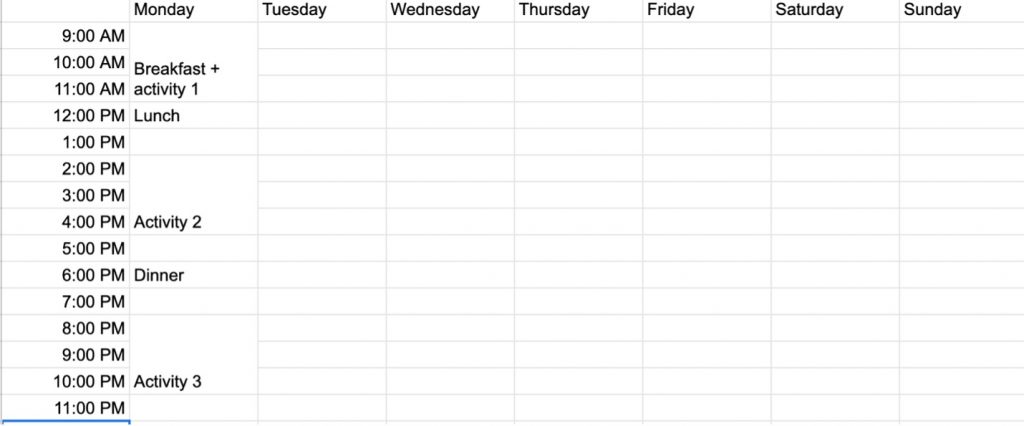By Colette Hapi
HAPPY NEW YEAR AND WELCOME TO 2022!
With the new year comes a profound sense of “newness.” Suddenly, we’re empowered and excited by the opportunities that a new year brings and come up with all sorts of New Year’s resolution ideas. We’re excited for a fresh start and all of the things that we plan on accomplishing. No wonder the hashtag #NewYearNewMe is so popular!
If you’re anything like me, your resolutions list will be about one mile long, fraught with things that you want to change, like taking up new hobbies, meeting new people, getting better grades, reading more books, or working out more. However great our intentions are, the statistics say that only about 10% of us ever achieve our New Year’s resolutions and break free from our bad habits. As much as it saddens me to say, I’ve been part of the 90% who don’t meet their resolutions far too often. One of the main reasons is that I usually make too many resolutions. Until recently, I hadn’t even thought about the fact that my long-winded list of resolutions was a reason for my downfall. In my attempt to be as detail-oriented as possible and address every area of my life, I created too many expectations and unrealistic goals. As a result, this huge list caused me to feel exhausted and completely over it by the third week of January.
By trying to create so many drastic changes at once, I essentially shocked my system because I didn’t build those habits over time. It’s no wonder that I reverted back to my comfort zone and completely ignored my attempts to improve myself. So this year, I’m taking a different approach:
- Instead of writing a long and drawn-out list of things I’d like to change in my life, I’ll pick 2-3 areas and wholeheartedly focus on them over the course of the year.
- Instead of focusing on the end goal, I’ll focus on making small changes in my daily repetitive routine. For example, I won’t focus on my goal of reading 20 books a year but will instead focus on reading for 30 minutes a day.
Taking on too much all at once can be daunting. It can be particularly difficult because establishing new behavioral patterns takes time and sustained effort. Focusing on one specific goal at a time makes keeping #NewYearNewMe much more achievable!
 THINKING ORGANIZED
THINKING ORGANIZED
